Description
Overcoming Cervical Cancer
The Promise of Photodynamic Therapy and Other Innovative Therapies
Cervical cancer is a common disease that poses a heavy burden to women’s health around the world. It is the third most commonly diagnosed cancer and the fourth leading cause of cancer death in women. Rates are, on average, four to five times higher in Eastern compared with Western or Nordic countries. Overcoming Cervical Cancer: The Promise of Photodynamic Therapy and Other Innovative Therapies highlights a new approach to the treatment of cervical tumors, one rooted in the astounding cancer-fighting potential of Photomedicine (light-based medicine). Though the therapeutic applications of light date back many centuries, it is only within the past few decades that high-tech developments in laser technology as well as non-laser light have enabled the medical profession to realize the true healing potential of light.
Overcoming Cervical Cancer is divided into four parts: (1) Understanding and Treating Cervical Cancer; (2) The Photomedical Approach to Cervical Cancer; (3) Promising Research Directions; and (4) Long-Term Control: Lifestyle Factors for Preventing Recurrences and Sustaining Remissions.
Part 1 provides an overview of cervical cancer, with an introduction to the natural history of this disease, and a comprehensive look at the various risks factors that increase one’s chances of developing the disease. The importance of screening for cervical abnormalities and human papillomavirus (HPV) infections is emphasized, along with the role of family history and various lifestyle factors such as diet, sexual behavior, smoking, and Diethylstilbestrol (DES) exposure in the womb—all of which can have a major impact on one’s chances of developing cervical cancer.
Diagnostic and treatment strategies are then discussed. Mainstream treatments for this cancer include surgery, radiotherapy, and chemotherapy. A central problem posed by surgery or radiotherapy is their adverse impact on sexual functioning—they frequently cause scarring, dryness of the vagina, or other problems. In addition, radiation treatments directed at the pelvic area often result in infertility and early menopause. Many women start hormone replacement therapy following radiotherapy in order to compensate for these undesirable effects.
The discussion of conventional treatments is logically followed by an exploration of Photomedicine in Part 2. Here the reader is introduced to the exciting possibilities offered by photodynamic therapy, or PDT. In the past decade, this approach has received much attention as a promising treatment for cervical cancer, though the lion’s share of research is preclinical (laboratory-based) rather than clinical.
Here’s an excerpt from Part 2 of the ebook, starting with PDT for the precancerous condition known as Cervical Intraepithelial Neoplasia (CIN):
“The conventional treatment of CIN is based on surgical excision, usually using laser, cryosurgery, conization, or a loop electrosurgical procedure. Unfortunately, these treatments often result in obstetrical problems in the event of a subsequent pregnancy (i.e., increased perinatal morbidity and mortality), particularly in young women. PDT offers a minimally invasive alternative to surgery and is both safe and effective as a treatment for CIN.
“Researchers at The Affiliated Hospital of Nanchang University in Nanchang, China recently reviewed 14 studies of PDT as a treatment for CIN. The studies included two randomized clinical trials, one case-control study, and 11 case-series studies. All 14 studies included a clinical assessment of the CIN lesions’ response to PDT; some studies also reported lesion recurrences.
“The complete response rate for PDT ranged from 0 to 100%; additionally, the eradication of HPV was reported in seven studies, with rates ranging from 53% to 80%. Unfortunately, it was impossible to derive average or median estimates of PDT’s effectiveness due to the great variation in study designs. The researchers concluded that PDT is a safe and tolerable treatment for CIN, and emphasized that more randomized trials are needed to assess the true efficacy of this approach….
“The economical advantages of PDT are another area that deserves study. Conization is a standard treatment for high-grade CIN and has proven effectiveness; however, it is an expensive procedure, and it is associated with an increased risk of subsequent pregnancy complications. As we have seen, HAL-PDT may represent an alternative treatment without the risk of cervical insufficiency or scarring. A recent study in Germany indicates that PDT has the potential to be a cost-effective treatment for high-grade CIN compared to conization.
“At the present time, there is a great deal of preclinical (laboratory) research regarding the efficacy of PDT as a treatment for cervical cancer. For example, an animal study in Qilu Hospital of Shandong University in Jinan, China, found that multiple low-dose PDT treatments led to significant inhibition of the growth of cervical cancer, with no apparent side effects.
“One clinical study used the photosensitizer called Photosens and mixed CIN cases with invasive cervical cancer cases; this study found a complete regression in 94% of patients with CIN3 and non-invasive cervical cancer (carcinoma in situ). PDT may also enhance the cervical tumor-killing impact of both radiotherapy and chemotherapy. This could prove extremely important, since treatment resistance is among the main reasons for the failure of chemotherapy in metastatic cervical cancer. In addition, there is the further possibility of enhancing treatment efficacy by combining PDT with immunotherapy and molecular-targeted therapy.”
Part 3 of Overcoming Cervical Cancer delves into promising future research directions for combining PDT with immunotherapy, hyperthermia, hyperbaric oxygen therapy, and other innovative therapies, while Part 4 lays out the long-term control strategies that may help keep cervical cancer from developing and progressing into a life-threatening disease. The ebook’s appendix includes a special discussion about two light-sensitizing substances, a dietary supplement called Bremachlorophyll, and a unique medicine called Bremachlorin. Because of its diverse effects against cancer, Bremachlorin-PDT is likely to revolutionize the way Photomedicine is incorporated into modern cancer treatment.
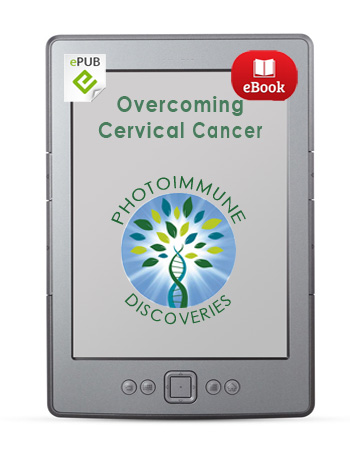
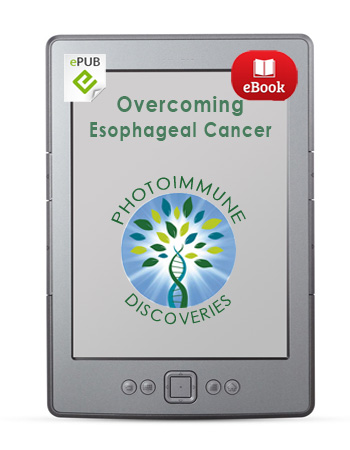
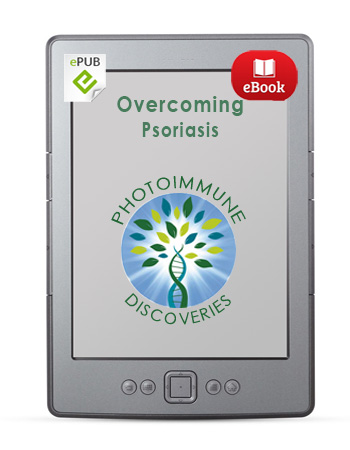
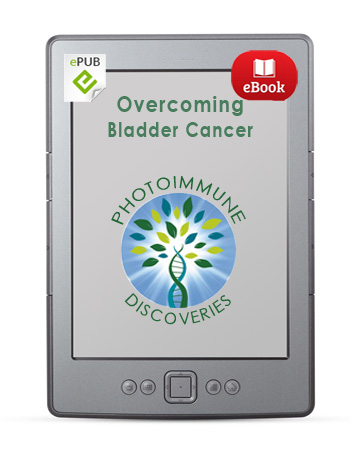
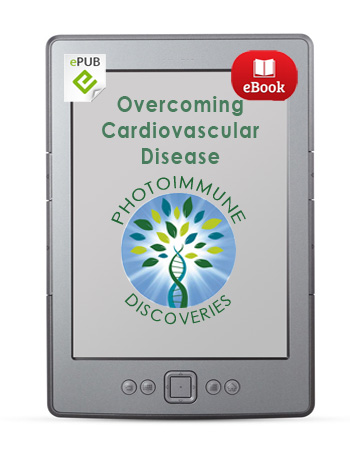

 English
English Français
Français Deutsch
Deutsch Nederlands
Nederlands